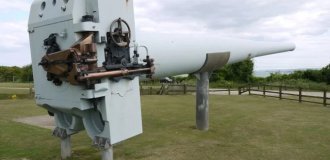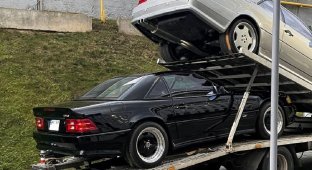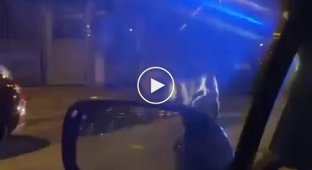Do you know why cowboys only loaded 5 rounds into their 6-shot revolvers? (6 photos)
You have probably noticed many times in Western films that cowboys and professional gunslingers in the Old West usually did not fully load their revolvers, but always left one charging chamber empty. 
This method of loading a revolver was considered an unspoken rule for all experienced shooters.
And yes, cowboys often had to carry weapons with them, because if you thought that herding cows was a crap job in the Wild West, then you are mistaken. Cowboys often encountered bandits who were involved in racketeering and tried to take away their property. Therefore, even shepherds in the Wild West had to be armed.
First, a short tour 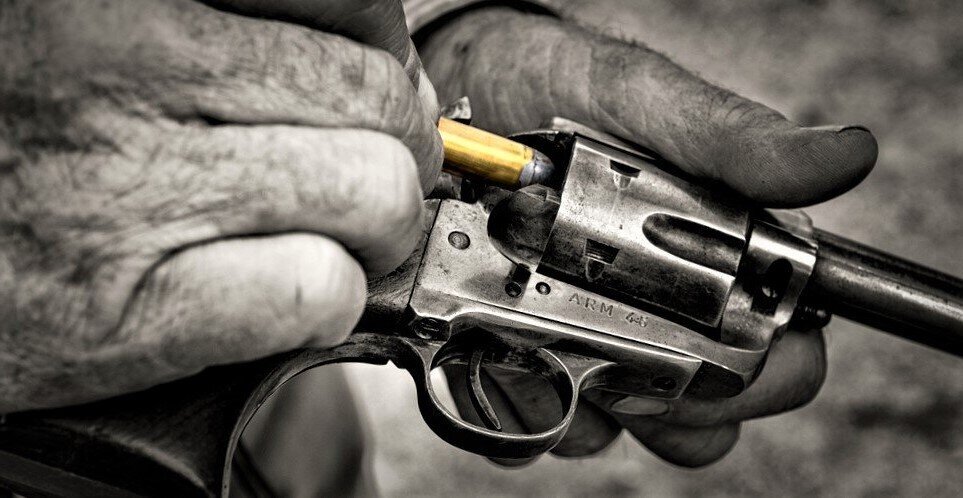
Most revolvers of the 19th century had drums with six chambers, into which cartridges were inserted, and after the drum rotated around its axis, they were fed to the barrel for firing.
Weapons companies (of course) were not limited to the production of only 6-shot revolvers; at that time, other designs with drum-cylinders of various sizes were created, there were 5-shot and even 21-shot revolvers.
For example, many weapons experts are well acquainted with the double-barreled revolver of the Lefoshe system with 21 chambers and alternate firing from the upper and lower barrels. However, most of the famous and classic revolvers, as well as the best-selling ones, like the Colt Walker, Remington M1858 and Colt 1873 Peacemaker, were 6-shot.
Even those same revolvers that were widely used by professional shooters, military personnel, bounty hunters, sheriffs and real cowboys back in the era of the Wild West, as a rule, were 6-shot.
The iconic "Colt Peacemaker" was dangerous even for the shooter himself 
Any fan of Westerns is familiar with the Colt 1873 single-action revolver. It was designed in 1872, ten years after the death of company founder Samuel Colt, and a year later was officially adopted by the US Army as the main service revolver for soldiers.
However, few people know that in order to use this “six-shooter” safely for the shooter, it had to be loaded in a special way: with only five cartridges, although it had six free chambers. 
What is noteworthy here is that soldiers on the battlefield very quickly realized that if all six cartridges were loaded and the hammer was left in the fully lowered position, the Colt could accidentally fire, for example, if it fell to the ground or fell from a horse.
Therefore, officers always recommended that novices load only five rounds and leave one chamber, opposite the barrel, empty.
The revolver could have accidentally fired because the firing pin on the Peacemaker was attached to the hammer. Thus, with the trigger fully lowered, the firing pin rested directly on the cartridge primer. If the revolver is dropped, the firing pin may strike the primer with enough force to fire the gun. 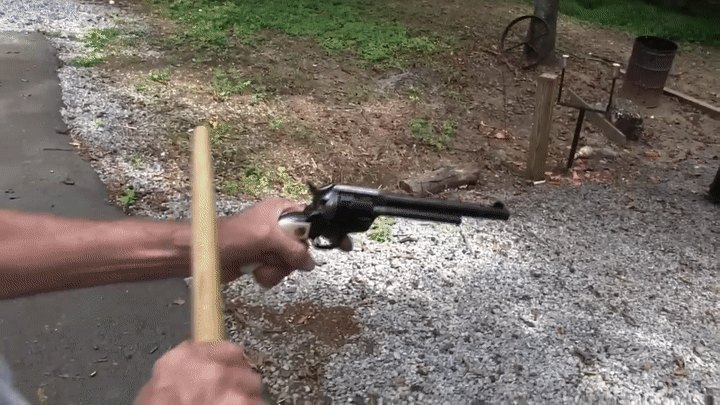
Famous YouTuber hickok45 demonstrated this in one of his videos.
As a result, the safest way to carry a loaded Colt Peacemaker-type single-action revolver is to load only five rounds.
That is, experienced shooters never loaded their six-shooter revolvers to the very end due to the imperfect design of old revolvers, or more precisely, due to their lack of safeties and primitive trigger mechanisms that old revolvers were equipped with in the 1800s.
And if in modern times the firing pin of pistols is supported by a small spring so that the firing pin cannot accidentally hit the primer and fire a shot, then in ancient revolvers such a safety device did not exist.
Due to their simple design, such revolvers were easy to mass-produce and sell cheaply, but they had a rather serious and dangerous “jamb” - such revolvers could fire involuntarily (as we said above), for example, when shaking the revolver while riding a horse .
However, due to this loading method, the shooter could not quickly pull out the revolver for an instant shot with the hammer already cocked.
Of course, all this refers to the period of time when rapid-fire pistols were just beginning to develop, and moreThere were no well-thought-out security mechanisms yet.
One can only imagine how many shooters accidentally shot something at themselves due to the problematic design of such a revolver. For example, according to the surviving diaries of one of the oldest firearms dealers, newcomers loading such revolvers entirely often shot themselves in the foot while unloading carriages or jumping off horses.
And the Wichita (Kansas) Beacon newspaper reported the following interesting story in its issue of January 12, 1876: “On Sunday evening, while Policeman Earp was sitting with three other people in the back room of a saloon, his revolver slipped from its holster and, falling to the floor, fired a shot. "The bullet went through his coat, went through the north wall, then bounced off and flew out the window." 
On the Reichsrevolver 1883 revolver, you can see a flag-type fuse located on the left side of the case.
Around the end of the 1880s, almost all revolvers began to be produced exclusively with flag-type safeties or with a key on the back wall of the grip. Such functions allowed shooters to fully load the drums on revolvers and not be afraid of an accidental shot from a fall.


